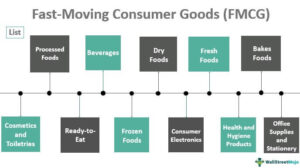How Fssai and Haccp certified food help conusmer eat live healthy
What is a HACCP Certification? How to get a HACCP certification?
HACCP certification is an important step in food safety management. This blog will show you the steps on how to get a HACCP certification for your food facility, what to look for before your audit and HACCP audit timeline expectation.
The certification audit shows that you are serious about food safety and understand the requirements for compliance. Having a HACCP certification will demonstrate your knowledge and understanding of Food Safety requirements, which could lead to higher sales volumes because customers know they can trust you with their food.
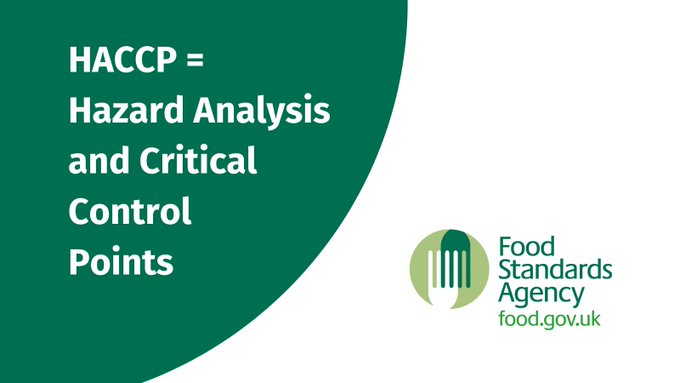
There are several benefits to becoming certified:
1) You will be able to reassure customers that your facility meets all regulatory standards related to food safety;
2) Customers prefer organizations who are certified, as this demonstrates an increased level of commitment on behalf of the organization towards meeting or exceeding customer expectations;
3) Companies with a proven track record in terms of implementing effective quality management systems (QMSs), such as those carrying out HACCP certifications, tend to have fewer recalls than un-certified companies;
HACCP is optional in most industries and regulates the environment in which the product is stored and maintained. It doesn’t regulate the how the product is grown, raised or manufactured.
How does a food pyramid help individuals eat a healthy diet?
How does a food pyramid help individuals eat a healthy diet?A food pyramid is a method that shows you how much food you should eat each day. Grains are a source of carbohydrates as well as some vitamins and minerals. Vitamins are found in fruits and vegetables. Fruits contain a lot of calories and sugar. So, We have a question What does a Food Pyramid do to help individuals eat a healthy diet?
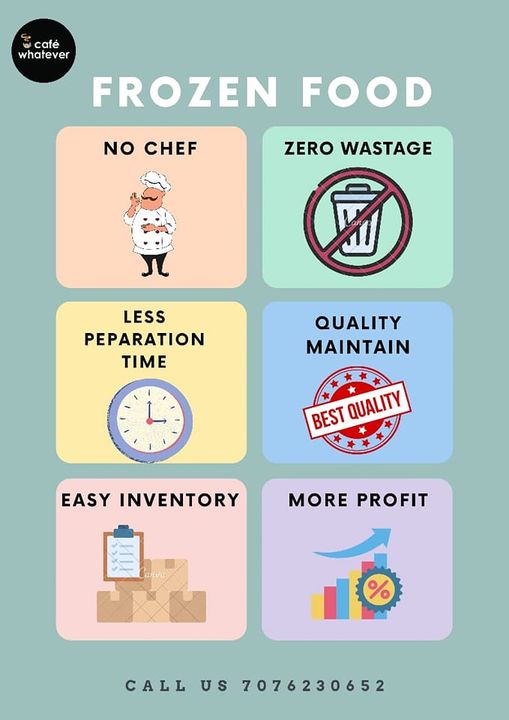
What is HACCP Food Safety and Who Should Become a HACCP Food Safety Certified Auditor?
HACCP is a management system in which food safety is addressed through the analysis and control of biological, chemical, and physical risks from raw material making, obtaining, and handling, to manufacturing, distribution, and consumption of the finished product. For the successful application of a HACCP plan, management must be powerfully dedicated to the HACCP concept. HACCP is designed for usage in all sectors of the food industry from growing, harvesting, processing, manufacturing, distributing, and merchandising to making food for consumption.
What is HACCP?
Hazard Analysis Critical Control Points (HACCP) is an internationally recognized system of finding and managing food safety-related risk and, also when central to an active food safety program, can provide your customers, that a food safety program is well managed. HACCP is a management system in which food safety is addressed over the analysis and control of biological, chemical, and physical risks, which from raw material making, obtaining, and management, distribution, and ingesting of the finished product. Nowadays, many of the globally best manufacturers and vendors use the system as a base for their food safety management programs and compliance with GFSI audit systems.

What are the advantages that HACCP offers?
HACCP helps to focus on categorizing and avoiding hazards that may render food unsafe. HACCP gives authorizations for more effective and active administration mistakes, mostly because the recordkeeping permits investigators to see how well an organization is fulfilling food safety laws and ensuing practices that decrease the risk of unsafe food. places responsibility for ensuring food safety appropriately on the food manufacturer or distributor. HACCP supports food organizations to compete successfully in the global market and it decreases the barricades to worldwide trade.

What are the Principles of HACCP?
HACCP has an efficient approach to the identification, valuation, and control of food safety hazards based on the seven principles are:
- It conducts a hazard analysis.
- Fix the critical control points (CCPs).
- Create critical limits.
- Start monitoring the procedures.
- Create supportive actions.
- Start verification procedures.
- Makes record and documentation measures.
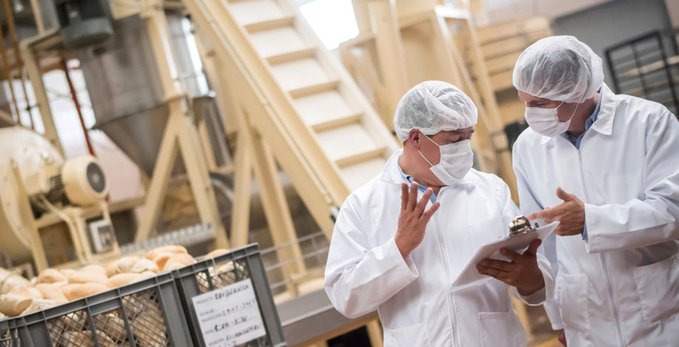
Who should become a HACCP certified auditor?
This CertifiedHACCP Food Safety Auditor Training is established for working specialists, management students, and other individuals for enhancing their careers to new heights. The HACCP certified auditor training is also useful for those who want to get a certification or start a new profession. If anyone who are a working professional, any graduate, undergraduate, or management student, or working in food industries then you are eligible for this Certified HACCP Food safety auditor training course. In this training, participants understand the management techniques as they relay to HACCP plan development, including assembling teams. It also has complete knowledge of HACCP terminology and its seven principles and is also able to assess a HACCP plan, estimate its efficiency, and verify that it has been organized, is being continued, and is existing.

Food Safety qualifications are for anyone working in the catering & hospitality industry to ensure compliance. This qualification has been developed for caterers to better understand how HACCP can be simply applied to the catering environment.
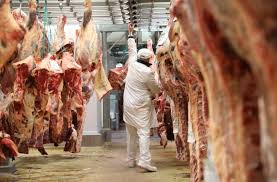
What is the difference between HACCP and halal food?
HACCP (Hazard Analysis and Critical Control Points) is a food safety management system that is used to identify and control hazards that are potentially harmful to consumers. It is designed to prevent food safety problems and ensure that food is safe to eat. HACCP focuses on the entire food production process, from raw materials to finished products, and involves identifying critical control points (CCPs) in the process, establishing critical limits for each CCP, monitoring CCPs, and taking corrective action when necessary.
Halal food is food that is prepared and consumed in accordance with Islamic dietary laws. The term “halal” means “lawful” or “permissible” in Arabic, and in the context of food, it refers to food that is prepared and consumed in accordance with Islamic teachings. Halal food must be slaughtered and prepared according to Islamic guidelines, and it must not contain any ingredients that are considered haram (forbidden) in Islam.
In summary, HACCP is a food safety management system that is focused on ensuring the safety of food, while halal food refers to food that is prepared and consumed in accordance with Islamic dietary laws.

What is the importance of the HACCP system in the food service establishment?
HACCP is based on the fundamental principle that if the raw ingredients are safe, and the underlying process of food handling to preparation is safe, then the finished product is safe.
HACCP’S eight key steps to the Food Service Process are:
- Purchasing
- Receiving
- Storing
- Preparing
- Cooking
- Serving and holding
- Cooling
- Reheating
There are several hazards associated with each step and specific preventive measures for each of them. Depending on the size of your catering operation, all these steps may not be applicable. Safe food preparation, however, is applicable to every organisation at every place.
For more clarity, you can read a book on Amazon – Catering your Way to Financial Independence which overs this in detail. Also, you can refer to the Professional Caterers Handbook.

What is difference between Haccp and ISO 22000?
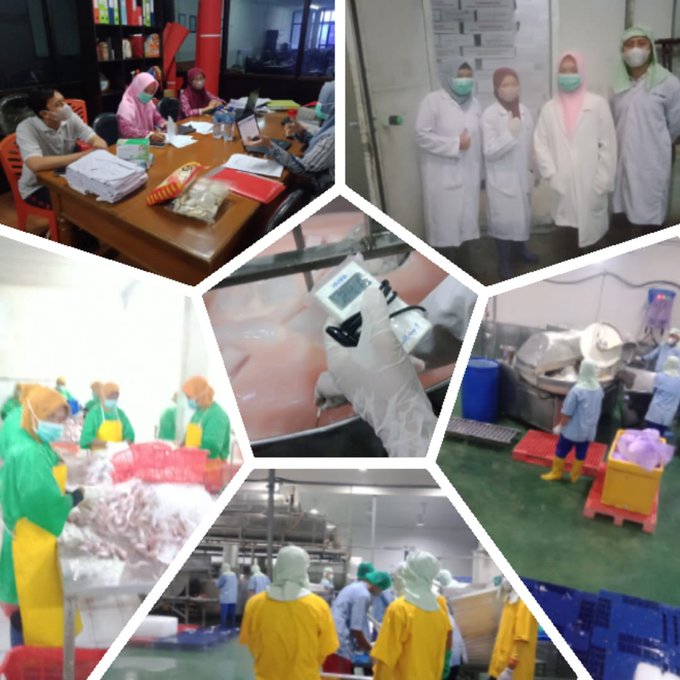
What types of foods are most commonly incorporated into the HACCP system?
Is HACCP responsible for making the food less tasteful in favor of safety?
Industries will (or rather should) always prioritise this over everything else in a process because of the huge impact negative press can have on brand or relationships with customers. (Of course, it is also unethical to put consumers at risk.)
A critical control point (CCP) is a point you will control to limit the risk of any sort of harm coming to consumers. The classic example here is pasteurisation of milk. By heating milk up and holding it at a relatively high temperature for the right length of time, you kill off a lot of the bugs that cause milk to spoil (which is more of a quality issue than a safety one) and a lot of the bugs that can be harmful to humans (salmonella is the most commonly known).

At this point, some changes might occur in the product, such as proteins denaturing, might cause the flavour of the milk to change (which is why long life milk tastes the way it does). At this point, the company has to compromise and chooses safety over taste.
Quality control points (or QCPs) are points within a process that must be controlled in order to create food products that are consistent and fall within desired specifications. For example, a quality control point at McDonald’s might be the amount salt that is added to the fries. Nobody is going to get sick or die (in the short term – thanks, hypertension) from consuming salty or bland fries, but their experience will be affected and hence it is simply a QCP and not a CCP (critical control point).
What you will often find is that some quality control points coincide with critical control points because certain parameters affect both the consumer experience and the product safety. An example of this would be in mayonnaise. If your mayonnaise is not properly emulsified, large water droplets begin to coalesce, making it easy for bugs to grow. It also tastes like crap, will have a really poor mouthfeel and won’t be easy to apply.
To bring it all back together: HACCP is primarily for safety, but CCPs can sometimes additionally be used to control for quality. Normally, though, QCPs are used to control for things like taste, mouthfeel and functinoality.

Basically, HACCP System is mostly incorporated by pharma, poultry, seafood juice, and all food processing unit.
Step-By-Step Guide on How To Get A HACCP Certification?
When selling food online, you must operate a food safety management system that is based on the principles of HACCP. This allows you to: • identify what can go wrong • plan to prevent it • make sure you are doing it.
HACCP is a food safety management system that identifies and controls potential hazards in the production of food.
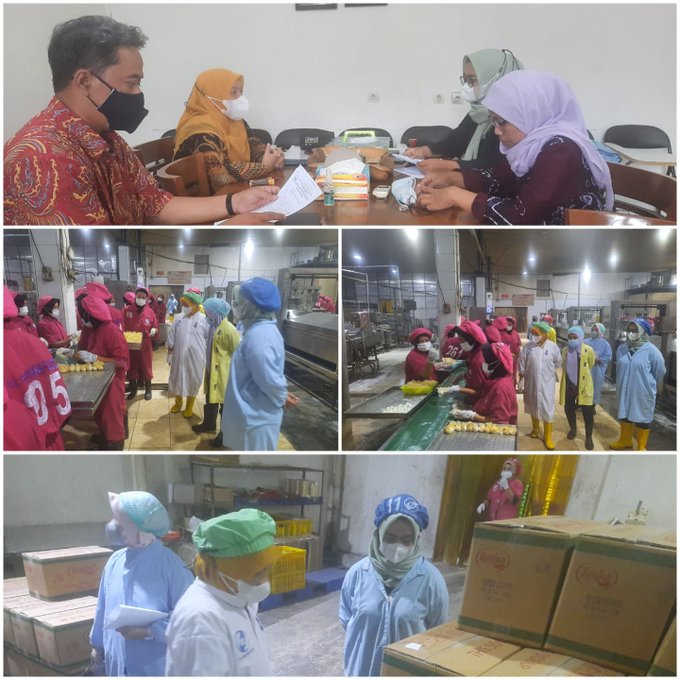
Step 1: Identify your food certification body and HACCP requirements
If you are interested in getting your business certified under the Hazard Analysis and Critical Control Point (HACCP) program, it is important to do your research. There are a lot of food certification bodies out there, so it’s important to do some upfront detective work. You should identify the requirements of the certification body you choose and ensure that their audit procedures align with your company’s safety goals.
When you are identifying which certification body would best suit your needs, take note of these two key points when choosing a certification body:
1. How long does it usually take for an institution to receive approval from this particular certification body and the support? This will give you a sense of the support that you can get for your certification body.
- What is the fee associated with the certification? Certification fees vary depending on the actual certification extent, auditor availability and report writing. You must be able to clearly understand the fee breakdown to avoid surprises in the final certification cost.

Step 2: Establish a food safety program
You must develop a strong HACCP program to ensure that your food facility complies with all applicable food safety regulations. This includes procedures and guidelines for all your processes, from receiving to shipping.
Developing and implementing a plan is the first step to accessing how to get HACCP certification. There are several steps involved in getting your HACCP program up and running, but the timeline for each varies depending on your organization’s size, resources, availability of experts and how you manage the food safety program.
At SFPM Consulting, we can shorten the time it takes to less than 3 months, so you can meet your 3-month records requirements, aligning it with your audit timeline.
The following are some of the most important aspects of a HACCP program:
1) Hazard identification – You must identify potential hazards in your incoming and outgoing products and determine which pose the greatest risk to your food safety.
2) Critical control points (CCPs) – These are specific points at which you take action to prevent or reduce the severity of contamination. CCPs may include temperature controls, sanitation measures, and monitoring systems.
3) Monitoring and evaluation – You need to track how well your CCPs are working and make necessary changes as needed.
4) Corrective actions – If contamination is detected at any point during processing, you will take appropriate corrective actions based on the hazard(s), product(s), or environment involved. 1
1) Corrective actions may include, but are not limited to:
- Removing contaminated products from the line;
- Stopping production and conducting an investigation;
- Quarantining affected products;
- Changing manufacturing procedures.
It is important to note that your team must verify a plan. Your HACCP team is typically comprised of multiple team members from a cross-functional team interested in the product’s food safety and quality. These may include the HACCP Coordinator, QA Manager and their team, Production Manager and their team, Maintenance Manager and their team, Research and Development Manager and their team, Logistic Manager and their team, Sanitation Manager and their team, Sales and Marketing team etc.
The purpose of having a cross-functional team is to ensure that we do not lose any important information regarding the product, processes and production environment.
You can download a copy of an instructional HACCP plan template here.

Step 3: Implement HACCP procedures
After you have a plan, it’s time to implement procedures. However, you should be aware that implementing HACCP can take a lot of time and effort.
A HACCP plan development and following the CCP alone would not make your process and food safe. You must ensure that the HACCP plan’s fundamentals are properly laid out. The fundamentals for the HACCP plan rely on Good Manufacturing Practices and the supporting prerequisite programs. You will find that the HACCP prerequisite programs are also used in other higher-level food safety programs such as SQF certification, BRC certification and FSSC 22000 certification.
Here is a list of HACCP prerequisite programs: Building Program, Water Management Program, Waste Management Program, Receiving and Shipping Programs, Storage Program, Chemical Management Program, Supplier Approval Program, Employee Hygiene Program, Employee Training Program, Maintenance Program, Calibration Program, Cleaning and Sanitation Program, Pest Control Program, Allergen Management Program, Foreign Material management Program and many more.
You can also obtain a copy of our expert-written HACCP templates and save thousands of dollars and time to start your program so you can focus on implementation here.
Step 4: Monitor and verify HACCP and food safety compliance.
To achieve HACCP Certification, it’s important to ensure that your food safety procedures are followed correctly. To do this, you will need to monitor the process and verify compliance regularly.
There is no one-size-fits-all approach to monitoring and verifying compliance, as each business’s environment and food safety requirements will differ. However, there are some key steps that you can take to ensure that you are meeting your HACCP certification requirements:
1) Establish a strategy for how often you’ll review the system and whether or not corrective action needs to be taken;
2) Create timelines for conducting reviews;
3) Identify who will perform inspections;
4) Train employees on correct procedures related to food safety handling;
5) Keep records of all inspections performed.
While there is no one-size-fits-all approach when it comes to implementing HACCP procedures, following these simple steps will help ensure a successful outcome while minimizing environmental impact.

Step 5: Perform an internal audit to find the gap in your HACCP program
Even if you have the best HACCP procedures, it isn’t complete without an overall assessment of how well the procedures fit into your program. An internal audit is a self-audit where you review your program against the requirements.
There are many reasons to do an internal audit. However, in my opinion, performing a full internal audit before your initial audit is especially important because our procedures are typically not stable at the initial development as we are testing the best way to comply with the requirements.
An internal audit will provide an overview of your distance from your HACCP certification requirements and allow you to correct issues before the audit.
Our HACCP certification package includes a quick internal audit or gap assessment so that our clients can rest assured that they will be ready for their upcoming audit.

Step 6: HACCP Certification Audit
After taking the necessary steps to establish a food safety program, it is time to audit your program for compliance.
The HACCP certification audit is one of the most important steps in this journey. Remember, a successful HACCP audit depends on communication and cooperation between all parties involved. These include the auditor must be able to access all relevant data required for an accurate assessment; the management team must be willing to cooperate fully with the auditor during the audit process; personnel who have direct contact with food must be competent to monitor and verify the critical control points (CCPs); All CCPs need to be properly documented and communicated within your organization.

When you are well prepared with the HACCP plan and procedures implementation, trained personnel and have our internal audit support; you don’t have to worry about your audit.
You can focus on delivering your best self at the audit and know that you are supported at each stage.
Hazard Analysis and Critical Control Point (HACCP) Food Safety Checklist
What is the HACCP Checklist?
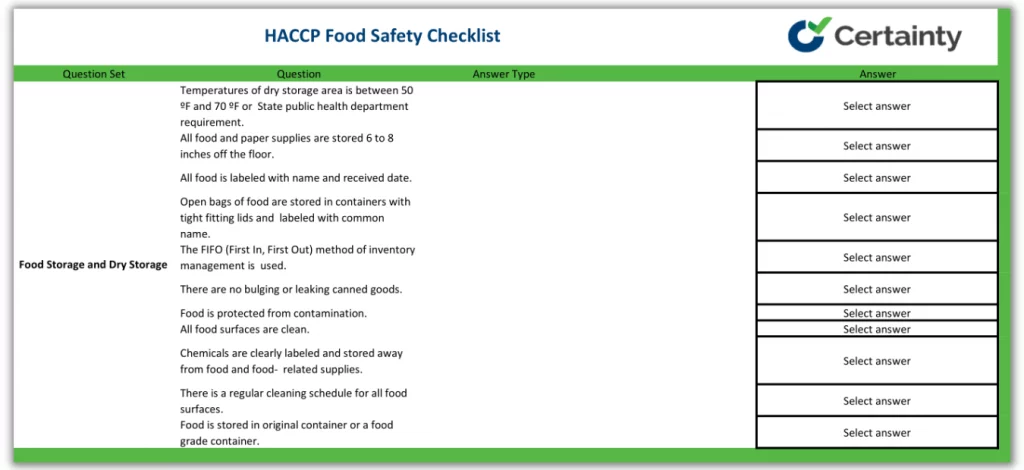

What the Checklist Includes
Personal hygiene
Food preparation
Hot/cold holding
Refrigeration
Food and dry storage
Cleaning and sanitizing
Utensils and equipment
Garbage and disposal
Pest control
Before undertaking the HACCP checklist into a current food process, it is highly recommended to develop a HACCP plan which follows the HACCP principles. Internal audits should be scheduled regularly to ensure each step of the plan is successfully accomplishing its goal.
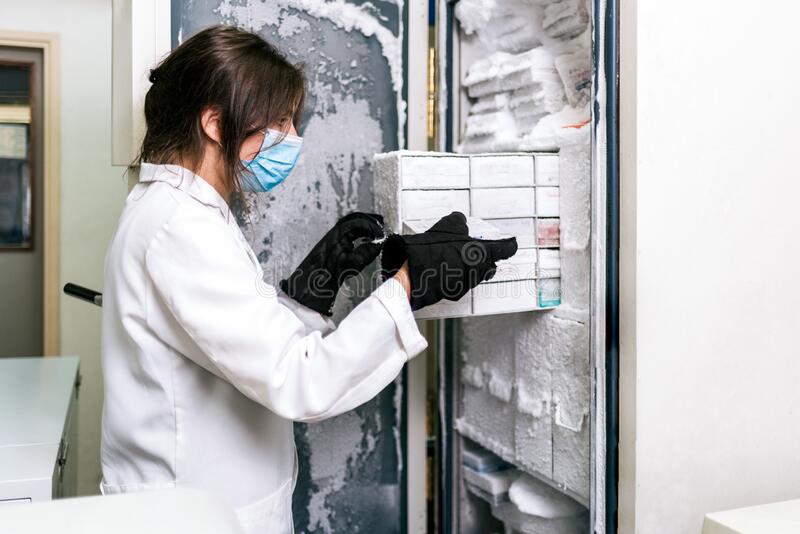
The HACCP Plan
Formulating a HACCP Plan ensures that preventative measures are identified regarding food safety measures. HACCP plans can be generic templates, but any unique conditions regarding aspects of the plan during development need to be considered. While developing a plan may at first seem intimidating, a step-by-step general guide has been designed to assist in building a plan.
1. Formulate a HACCP team
Building a strong HACCP team is the foundation of an exceptional plan. These internal team members should be carefully selected from differing fields of the food business such as quality assurance, engineers, and machine operators. Team members from different fields and experiences within the production process allow for a better representation of the entire process from harvest to consumption. It is vital to train these members on the HACCP system as well as to maintain up-to-date training records for plan success.
2. Describe the food and its distribution
Here, the ingredients and raw materials within the food products should be identified. In addition, how the food is transported and stored such as if the product(s) are refrigerated, room temperature, a specific temperature range, or any other circumstances should be included in the HACCP Plan.
3. Define the consumers of the food and its intended use
Understanding and recording the primary consumer of the product(s) is essential to a well-developed plan. These can include children, adults, seniors, or even specific groups such as vegetarians, vegans, immunocompromised, etc. Consideration should also be taken into not only the primary consumer base but also consumer groups that deviate from the intended targeted audience. For example, meal replacement drinks are typically intended for seniors to ensure they receive their daily nutritional needs; however, middle-aged adults also purchase these products for personal consumption.
4. Build a flow diagram
Constructing a flow diagram clearly illustrates an entire food process and provides a clear and concise understanding for all employees. The benefits of building a flow diagram are that it helps to mitigate any confusion at any process step.
5. Verify and update the flow diagram
General reviews of these processes will need to be updated by the HACCP team. As processes are implemented and time progresses, areas of improvement may present themselves and it’s important for the team to continuously review the process and adjust the flow diagram accordingly.

The 7 Principles of HACCP
To ensure that the HACCP plan meets its intended use, there are seven basic principles recommended to follow when creating this plan.
1. Hazard analysis
A hazard analysis will identify any potential hazards associated with the food product(s). These risks include biological, chemical, and physical hazards.
Biological hazards are hazards produced by an organism and include viruses, parasites, mold, etc.
Chemical hazards include food cleaning products, pest control substances, and other cleaning agents.
Physical hazards pertain to instances of foreign objects being introduced into a food product such as metal, or natural physical hazards such as bones.
2. Identify critical control points
Areas, where control is possible to apply at any food production stage and is crucial at preventing a food safety hazard, are defined as critical control points (CCP).
3. Determine critical limits
Recording the minimum and maximum critical limits of control to prevent hazards assists in determining whether conditions are safe or unsafe.
4. Monitoring procedures
Continuous observation and recording of procedures provide validation of consistency in ensuring critical control points are within the safe allowance of the critical limits set.
5. Corrective actions
If there is a failure to control the limits identified, a set of predetermined actions should be formulated and acted on accordingly.
6. Verification procedures
In ensuring preventative rather than reactive actions are taken to ensure HACCP system success, verification and review of the plan and systems in place should be undertaken regularly.
7. Record-keeping and documentation
It is important to centralize the documentation of the HACCP system and should include the hazard analysis, the HACCP plan, a HACCP summary, and additional support material.

How Certainty Improves HACCP Inspections
Performing frequent HACCP food safety inspections becomes easier and generates better actionable information. Whether using our checklist templates or creating your own unique forms, Certainty gives its users the freedom and customizability to support every company’s unique inspection and auditing needs.
Reporting checklist findings at an enterprise-wide level can be filtered to your needs by options such as inspection type, users, site, region, question, or answer. Within your configurable dashboard, you can track issues identified, set up automated notifications and actions, and so much more.
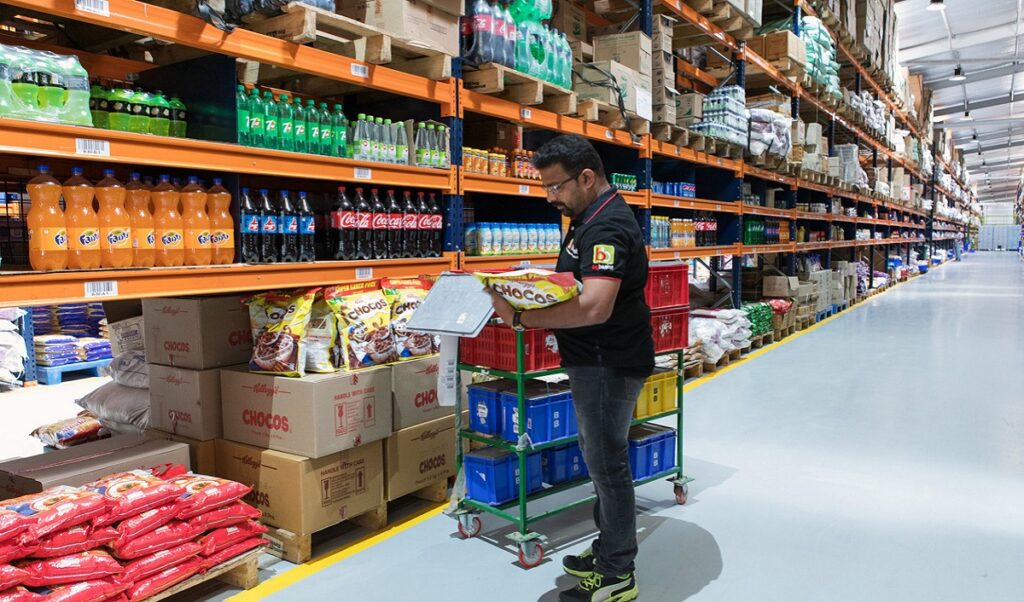
How to Apply For Fssai License Renewal ?
Food safety and standard authority of India (FSSAI) is an autonomous body established in 2011 under the ministry of health & family welfare, Government of India.
The FSSAI recently declared a draft regulation “Food Safety and Standard (Organic Foods) Regulation, 2017 on 31 March 2017.
“FSSAI Certificate is based on the annual turnover. If you just have started your vegetable business and your annual turnover is less then 12 Lac, you would be required to obtain a Basic registration certificate. A state license is required when your annual turnover is 12 Lac to 20 cr, Likewise Central License is required when the turnover is more than 20 Cr.”
The Application for food license Renewal of Permit must be filed to continue the further business continuity and the validity of the permit. As per the guidelines from the FSSAI, the food operator needs to file an application for renewing license within 30 days from expiry of existing one. After the expired of the old licence, each food operation company needs to take all steps for its renewal from the department.
Now, every food operating business in India including manufacturers, carriers, distributors, and retailers are required to get an active fssai registration before starting business. The FSSAI in India governs food operations in India and is responsible for the licensing and registration of Food Business Operators or FBOs in India. This article outlines the application process for renewing a food licence.
Read More Blog -: Starting an Online Home Kitchen Business in India
Importance of FSSAI License renewal
- All traders, manufacturers, restaurants, importers and exporters of food, storage and transportation of food, and others involved in food trade should get an FSSAI registration number or licence number, which should be printed on the packets of food with FSSAIs logo.
- Renewal of food license from the FSSAI is done in an offline manner, for receipt of either Form A or Form B depending on annual turnover, by visiting the relevant Food Safety Officer-in-Charge or authorized officer.
- Upload required documents and pay for fssai food license renewal fee.
Can I run multiple restaurants/cloud kitchens on a single FSSAI license, or do I have to get a different licence for all of them?
Food Safety and Standards Authority of India (FSSAI) FSSAI license is based on specific food business premise. Youcan’t run multiple restaurants/cloud kitchens on a single FSSAI license . You will have to get different license for all of them .
Food license renewal Process
- Visit fssai website and click on food license Renewal.
- Its fees are same as for new licenses and registrations.
- Using your FSSAI license number and password, log into the FoSCoS website for Foscos registration, then choose apply for licence or registration renewal from renewal menu on the left-hand side of the screen.
- After accessing the FoSCoS system, an applicant will need to go to the Renewals >> header, and navigate to apply for food license renewal of a new food license renewal license or registration.
- After this step, the applicant would be provided a list of licenses that are granted approval by FBO.
- Enter Information in the next step, the applicant has to enter the information that would include license/registration number, validity date, and the Captcha Code and click submit.
- Form A or Form B will open in which the applicant has to upload documents, choose the year the license is required, select a payment method, and click Save and Next.
- Then, the applicant is required to upload all necessary documents, as requested in the portal of Food Licensing Authority.
- After successfully filing an application, an application reference number is given to keep a record of the application status of renewing the Food License in Foscos registration Portal.
- In case, if a holder of a food licence fails to submit an application for renewal, then the holder shall pay Rs.100 per day as penalty.
- If a renewed application is not filed in time, the food license he holds expires and he has to apply for re-registration.
- If a FBO does not complete renewal within the required time, the application is charged fees.
- When a renewal application is filed within 30 days after expiry of registration/license with the FSSAI, but before the date of expiry, then a fine of Rs.100 per head is payable by the FBO, apart from the renewal fees.
- The application for renewal of the FSSAI license should include audit reports, FSM plans, certificates, or self-declarations regarding food safety management systems, which should be submitted along with it.
- In addition to the above, the FSSAI licence should also require other forms of documents, such as audit reports, plans, certificates, and other documents, stating compliance of requirements related to said systems is adherence to the statement made by authorised signatory that food establishments are operating according to Food Safety and Standards Act, sanitation, and hygienic practices.
- The inspections conducted by FSSAI authorities on your businesses food should ensure that quality of food is being checked on the FBOs.
- Once Food Authority fully satisfied with successful inspection of the premises of the FBO, it may grant an FSSAI licence to FBO.
- The food authorities are also authorized to organize an inspection of the premises of applicant, in order to verify whether the FBO has disclosed all necessary information, and that information submitted is true.
- Once the food inspection officers are satisfied about the Food Business Operators compliance with regulations, they shall forward an application for a renewed license from the FSSAI, along with a report from the inspection.
Read More Blog -: FSSAI License Renewal Fee Online Payment

HACCP/FSSAI is widely recognised as one of the most effective ways of controlling food safety.
Compliance with HACCP is also a legal requirement in various countries. This means all food businesses must be managed under #HACCP guidelines.
FSSAI registration or licences are valid from 1 to 5 years; therefore, food businesses have to apply for food license renewal 30 days before their existing licence expires. Generally, an FSSAI licence is granted for a certain duration, between 1 and 5 years, depending on the year chosen by the Directorate.
The food license renewal in India is not filed by an applicant in a specified period, beyond which, it is scrutinized to expire, and the application of new FSSAI license is required from FBOs.
It is advised to renew your FSSAI registration/license in time so as to avoid penalties, or to apply for a fresh one. The fees to renew the FSSAI licence or registration are same as those for applying for a new licence or registration.
So if you want to renew your existing food license or wanted a new FSSAI registration do contact our best food license consultants with fssaifoodlicense.

What you need most is a course on safe food handling .
Do FSSAI/HACCP and you are good to go.
Remember food poisoning kills. If traced back to you, jail term awaits. Nothing is more important in ‘Chefing, Catering,Hotel Industry’ than safe handling of food. Understanding the danger zone and avoiding it!
Top most festival Products FMCG consumers search today
World Wide Festive Trends Decoded What Indian festive consumers seek...
Read MoreHow right selection of FMCG Salesmen improves brand market share
How can FMCG Companies improve salesman’s technique in order to...
Read MoreHow most searched Fmcg sales and marketing words help newbie salesman
Why undestand FMCG sales management? Sales management is the process...
Read MoreHow Successful FMCG Salesman Starts his Day, a guide
How does one become a good sales executive in the...
Read More



